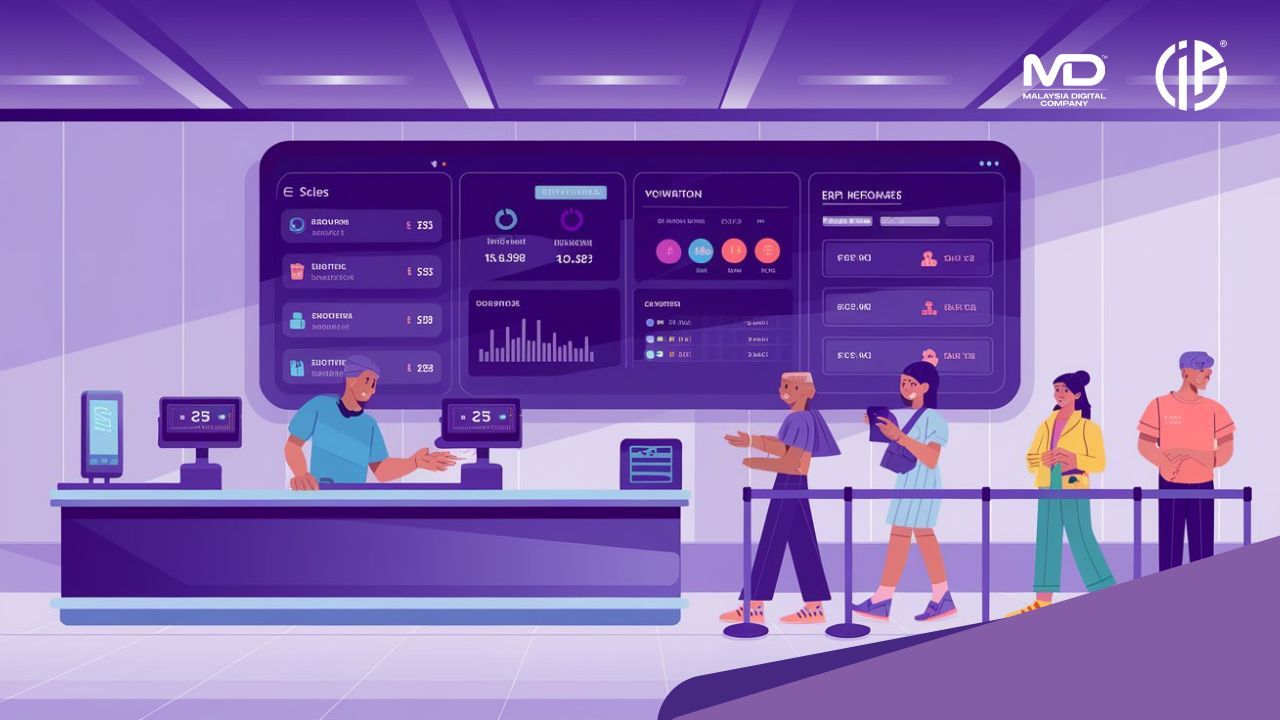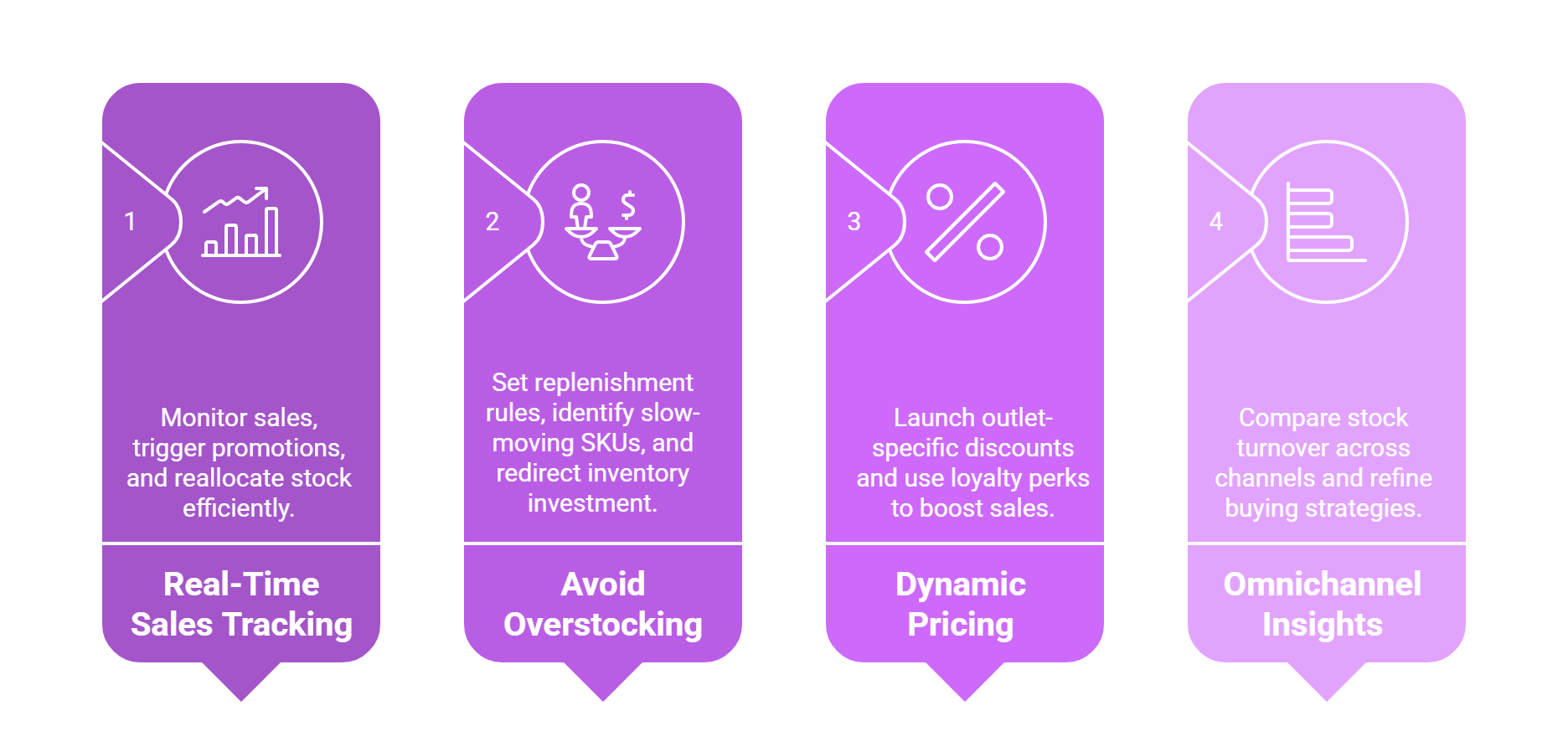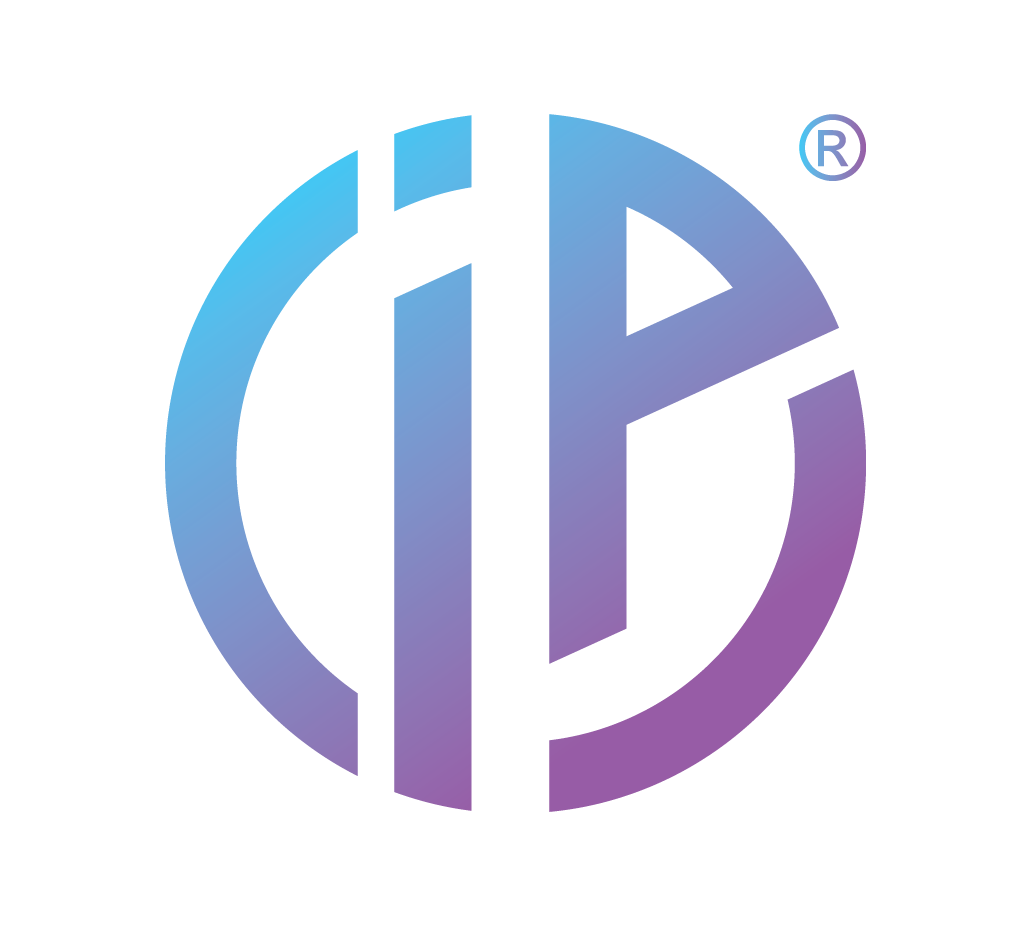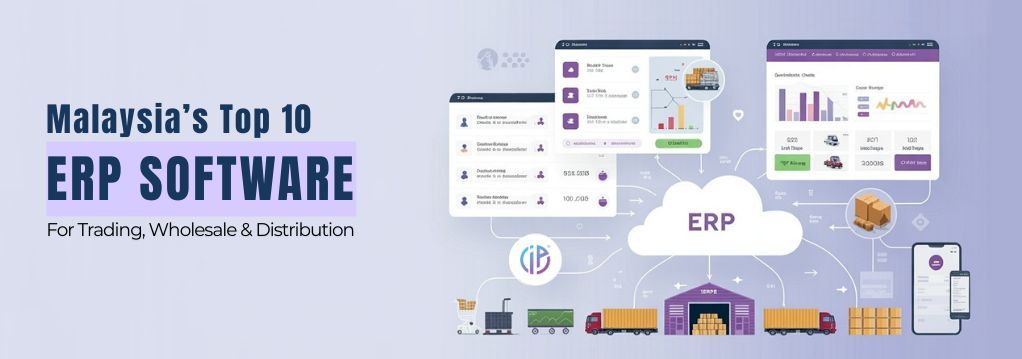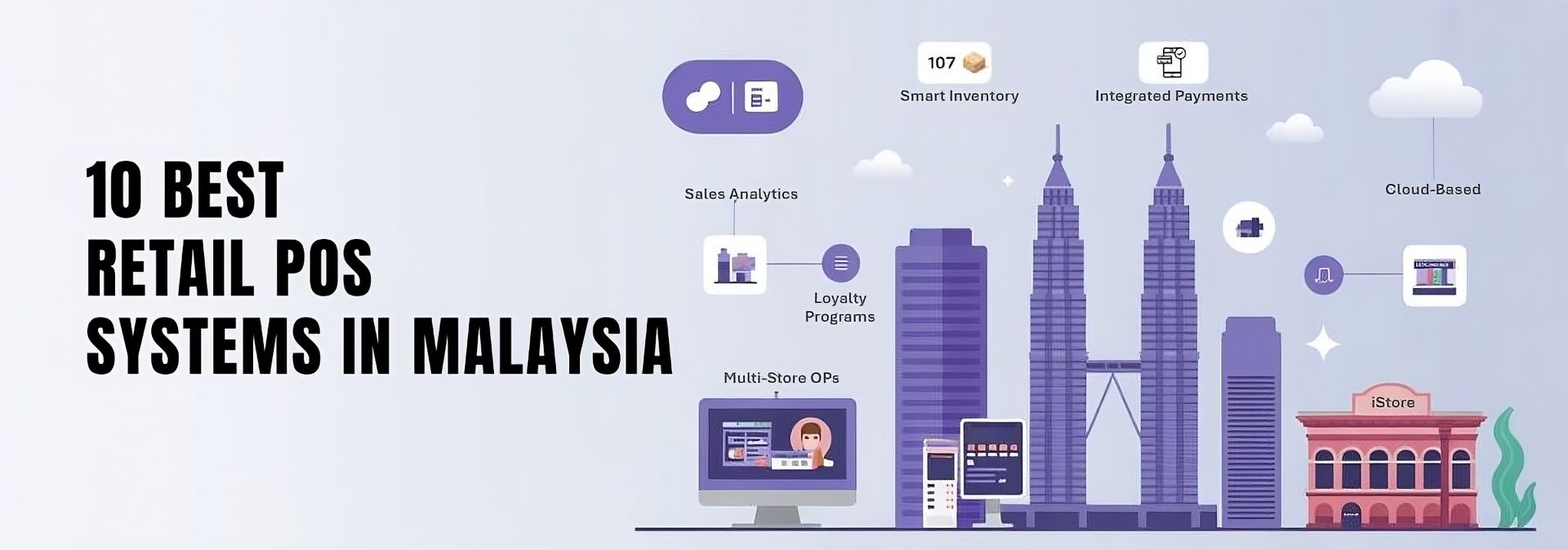As of mid-August 2025, Malaysia’s retail sector is facing both opportunities and challenges. According to Retail Group Malaysia (RGM), Q1 sales grew 5.6% year-on-year, lifted by festive spending, school holidays, and a 12% jump in fashion sales. But momentum slowed in Q2, with Retail Group Malaysia projecting a 1.0% contraction, especially in department stores and supermarkets.
Forecasts for the year have now been trimmed to 3.1% growth, as higher living costs, subsidy cuts, and inflation put pressure on everyday spending
(Source:
The Edge Malaysia).
On top of this, the new 8% SST on commercial rental is further driving up operating costs for retailers, adding another layer of strain.
The real test lies with fashion, lifestyle, and multi-branch retailers, areas where iDCP ERP solutions are designed to help businesses stay agile and competitive.
How iDCP ERP System Keeps Retailers Ready and Competitive
1. Take Control with Real-Time Sales Tracking
When sales slow down, every ring at the POS matters.
iDCP ERP system
gives retailers live visibility across products, outlets, and channels, showing what’s moving and where. For example, if a specific outlet is underperforming in apparel, managers can immediately adjust promotions, reallocate stock, or launch targeted loyalty offers, ensuring margins stay protected.
Suggested Actions:
Monitor daily outlet sales performance
- Use the live dashboard to track sales across outlets and channels. Spot underperforming branches early and make quick adjustments.
Trigger targeted promotions for underperforming outlets
- Launch promotions that address outlet-specific challenges, such as apparel discounts or loyalty rewards, to protect margins.
Reallocate stock to higher-demand branches
- Move inventory to outlets with stronger sales before markdowns are needed, keeping turnover healthy and reducing losses.
2. Free Up Cash Avoid Overstocking & Dead Stock
Dead stock ties up cash and clogs space. With forecasting tools, replenishment rules, and sell-through analysis, iDCP ERP system helps retailers avoid over-ordering.
A chain fashion store, for instance, can spot slow-moving SKUs early, run clearance bundles, and redirect capital toward faster-selling seasonal lines.
Suggested Actions:
Set replenishment rules based on sell-through rates
- Automate stock replenishment using sales velocity data to ensure you order only what sells.
Identify slow-moving SKUs early
- Spot items that are lagging in sales and create clearance campaigns or bundle offers before they become dead stock.
Redirect inventory investment
- Shift capital from slow sellers into high-demand, seasonal products that can boost cash flow and profitability.
3. Maximize Impact with Dynamic Pricing & Targeted Promotions
Different outlets face different demand curves. With iDCP ERP System, retailers can run branch-specific promotions, like discounts in urban malls, loyalty perks in neighborhood outlets, or bundle deals online.
This flexibility ensures promotions deliver maximum impact instead of being one-size-fits-all.
Suggested Actions:
Launch outlet-specific discounts
- Adjust pricing to local demand—for example, mall outlets may benefit from discounts while neighborhood branches may need loyalty perks.
Use loyalty perks to boost repeat purchases
- Offer exclusive rewards in slower outlets to retain customers and drive repeat sales.
Test bundle promotions
- Experiment with bundle offers in selected outlets before scaling them chain-wide to ensure maximum ROI.
4. Stay Ahead with Omnichannel Insights in One Dashboard
Modern retailers operate across physical stores, marketplaces, and e-commerce. iDCP ERP system consolidates all information into a single dashboard, helping managers see where stock turns fastest.
For example, if skincare products move quicker online than in-store, inventory can be shifted to e-commerce channels without guesswork.
Suggested Actions:
Compare stock turnover across channels
- Review weekly performance of online vs. offline sales to identify which channel moves stock faster.
Reallocate inventory to faster-moving channels
- Shift goods to the sales channel with higher demand—such as e-commerce for skincare—avoiding excess in-store stock.
Refine buying and merchandising strategies
- Use omnichannel insights to guide future purchasing decisions, ensuring stock aligns with consumer demand trends.

